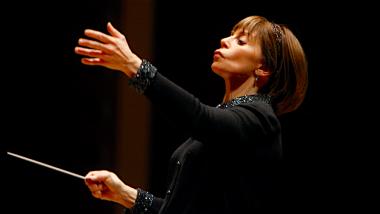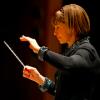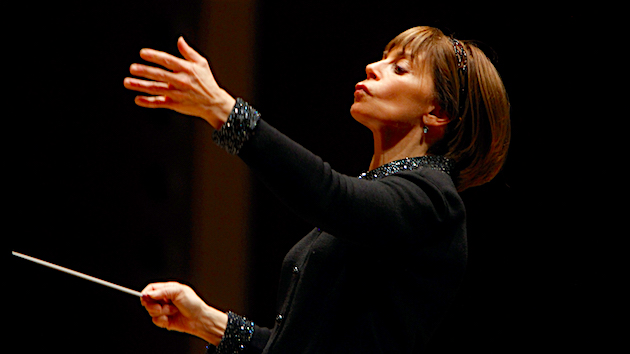
Saturday’s Symphony Silicon Valley concert, at the California Theatre in San José, was directed by the distinguished and experienced JoAnn Falletta, and featured a new composition by the venerable classical and jazz composer David Amram.
Amram, 88, has had new works played by SSV several times before. I was reminded of some of them by this composition, a double concerto for violin and cello titled Partners. The soloists were SSV’s principals, concertmaster Robin Mayforth and principal cellist Evan Kahn. They made a gallant pair in this long and varied work.
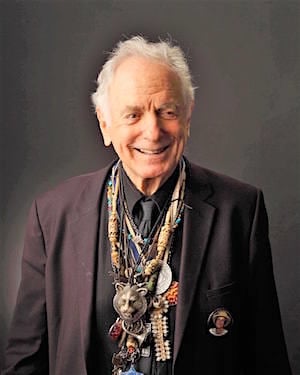
Each of Amram’s three movements is named for a pair of musical collaborators he knew and had the good fortune to learn from when he was a young musician in New York in the 1950s. His music does not directly imitate theirs, but is more generally inspired by their spirit.
The first movement, inspired by folksingers Woody Guthrie and Pete Seeger, runs through a series of themes evoking various forms of Anglo-Celtic and Native American folk music, rather along the lines of his earlier piece, Symphonic Variations on a Song by Woody Guthrie. Violin, cello, and orchestra took the spotlight more in sequence than together. The music suffered the bane of cello concertos for centuries, the difficulty of making the solo cello audible above the orchestra.
The other two movements worked much better. The second, slow movement is inspired by jazz greats Lester Young and Billie Holiday. It began with Mayforth playing a gently bent blues-like melody over a strong drone from Kahn and a flurry of strummed notes from harpist Jieyin Wu. Then Kahn took over the melody while Mayforth strummed her violin. The rest of the orchestra was silent, keeping the focus on soloists and harp. Later, each wind instrument had a chance to wail in a solo turn. The orchestra in general then joined in, but the movement ended quietly as it had begun.
The finale is inspired by Machito Grillo and Celia Cruz, among the founders of Afro-Cuban jazz. The distinctive rhythms of this form of music showed up in a busy percussion section, but they were far from implacable. The rhythms dropped out entirely in a slow middle section giving Mayforth and Kahn a chance to show that they could swing, however gently. This time the earlier Amram piece evoked was his En memoria de Chano Pozo, perhaps a little more showy than its successor.
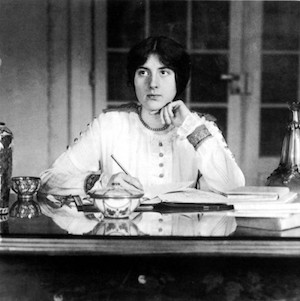
The concert began with two brief orchestral tone poems by Lili Boulanger, the impressively talented French composer whose life-long illness claimed her at the age of 24 in 1918. Falletta conducted the two pieces as a continuous suite. D’un soir triste (Of a sad evening) is dark and ominous with heavy brass. D’un matin de printemps (Of a spring morning) is faster and energetic, with a briefly contrasting middle section. Both works are more atmospheric than descriptive or melodic, but the obvious resemblance to Debussy ends there. Boulanger has a distinctive and cutting sound world of her own, less emphatically French than that of many of her contemporaries.
Though this is not flashy music, the orchestra played it with an intensity of color that expressed Boulanger’s qualities to the full. This made a case that any orchestra, or classical radio station, looking for attractive brief pieces should consider these neglected items.
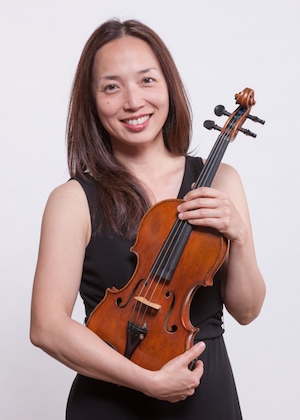
The orchestra could not possibly have been any stronger or richer than it was in Boulanger in the more rousing and booming score of Rachmaninoff’s Symphonic Dances. The strings, even without Mayforth and Kahn at their heads, were outstandingly full and rich under the leadership of Associate Concertmaster Christina Mok. The winds were bright and perky, sticking out conspicuously every which way in tutti passages, and, in wind-only passages, erupting into a riot of color focused on the subordinate lines.
Falletta, not forgetting that the tempo of Rachmaninoff’s first movement is “Non allegro” (some conductors seem to leave out the “Non”), took the movement with a slow emphatic push. In the second and third movements, she turned to extreme and sudden tempo fluctuations to make the music swoop. The sound quality and ensemble made for an exciting show, certainly more impressive than when I last heard this piece from the Los Angeles Philharmonic.
David Amram, speaking before the concert, said that rehearsal had shown him that Symphony Silicon Valley is as fine an ensemble as any major orchestra he’s worked with. Under Falletta’s direction, it did well on Saturday.

